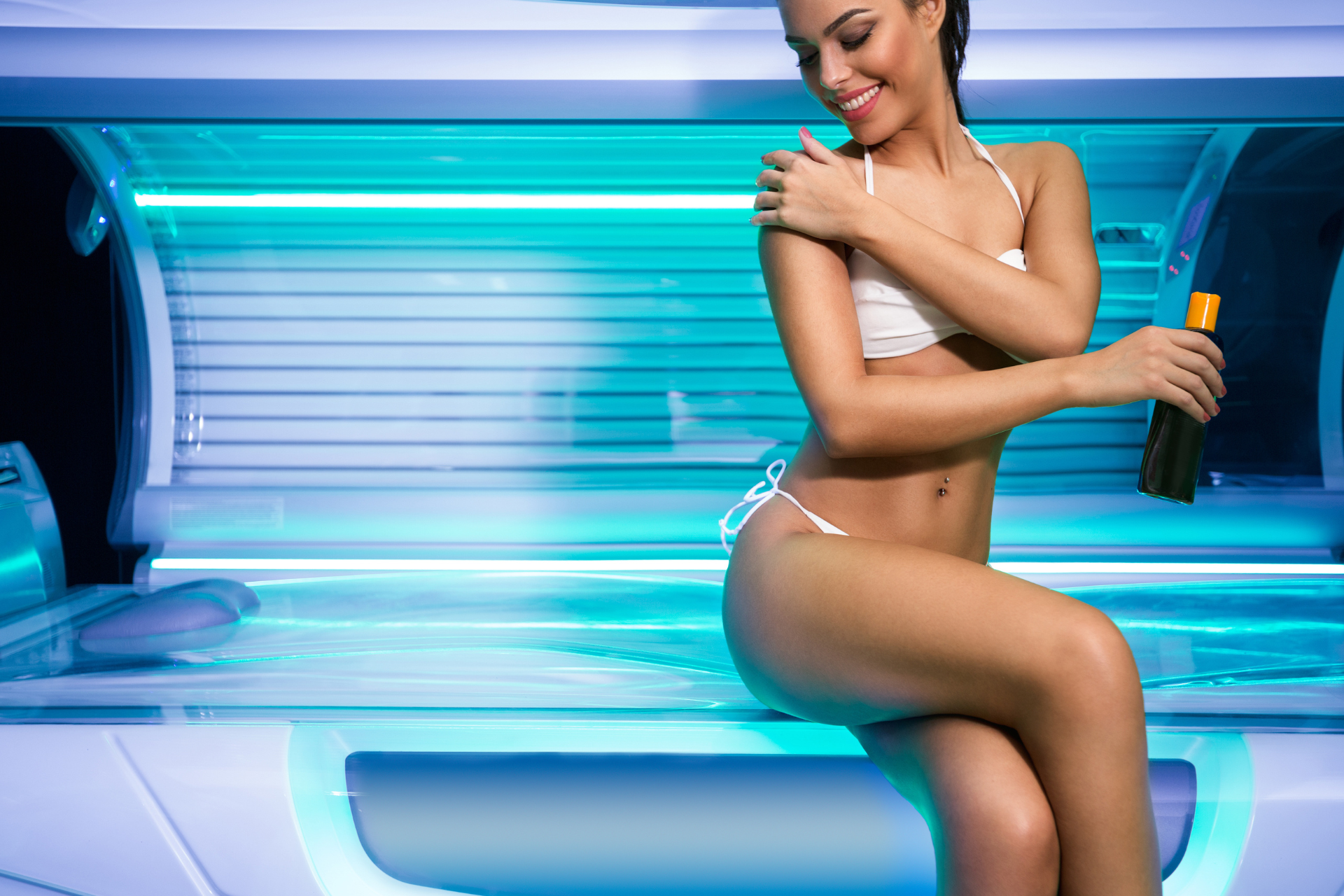The Truth About Tanning: Risks and Safer Alternatives

As summer approaches, many people dream of achieving a perfect sun-kissed glow. However, the truth about tanning is not just about aesthetics—it's also about health. At Fall Creek Skin and Health Clinic, we prioritize the well-being of our patients, which is why we want to shed light on the risks associated with tanning and present safer alternatives to achieve that coveted look without compromising your skin health.
The Risks of Tanning
Tanning—whether from the sun or tanning beds—exposes your skin to harmful ultraviolet (UV) radiation. This exposure can lead to a range of skin issues, including:
1. Skin Cancer
UV radiation is a significant risk factor for skin cancer, particularly malignant melanoma, the deadliest form of skin cancer. According to the Skin Cancer Foundation, just one indoor tanning session increases your risk by 20%.
2. Premature Aging
UV rays can accelerate the aging process of your skin, leading to wrinkles, fine lines, and age spots. This is often referred to as “photoaging,” and it can make your skin appear years older than it actually is.
3. Skin Damage
Prolonged UV exposure can result in sunburns, which are not only painful but also contribute to long-term skin damage. Repeated sunburns, especially in childhood, significantly increase the risk of skin cancer later in life.
4. Immune Suppression
Overexposure to UV radiation can weaken the skin’s immune response, making you more susceptible to infections and other skin conditions.
Safer Alternatives to Achieving a Tan
If you love the idea of looking tanned but want to avoid the associated risks, there are several safer alternatives available:
1. Self-Tanning Products
Lotions, gels, and sprays that contain dihydroxyacetone (DHA) can provide a natural-looking tan without the dangers of UV exposure. These products work by reacting with the amino acids in your skin to create a temporary color. Be sure to choose products that are suitable for your skin type.
2. Bronzers
For a more immediate effect, bronzers offer a quick way to achieve a tanned look. They can be applied directly to the skin and washed off at the end of the day. Look for products that are free from harmful chemicals and are dermatologically tested.
3. Tanning Beds with Caution
While we don’t endorse tanning beds due to the significant risks associated with their use, if you must use them, ensure you do so responsibly. Limit your sessions and use protective eyewear, but be aware that even “safe” tanning beds can still expose your skin to harmful UV radiation.
4. Physical Protection
If you decide to spend time outdoors, make use of broad-spectrum sunscreen with an SPF of at least 30. This helps protect your skin from the harmful effects of UV rays while allowing you to enjoy the sun safely.
Conclusion
At Fall Creek Skin and Health Clinic, we believe that beauty should never come at the cost of your health. Embracing safer alternatives for tanning and protecting your skin can help you achieve a radiant look without risking serious skin issues. If you have further questions about skin care or if you are experiencing any skin-related issues, feel free to reach out to us. Your health is our priority, and we are here to help you take care of your skin safely.




